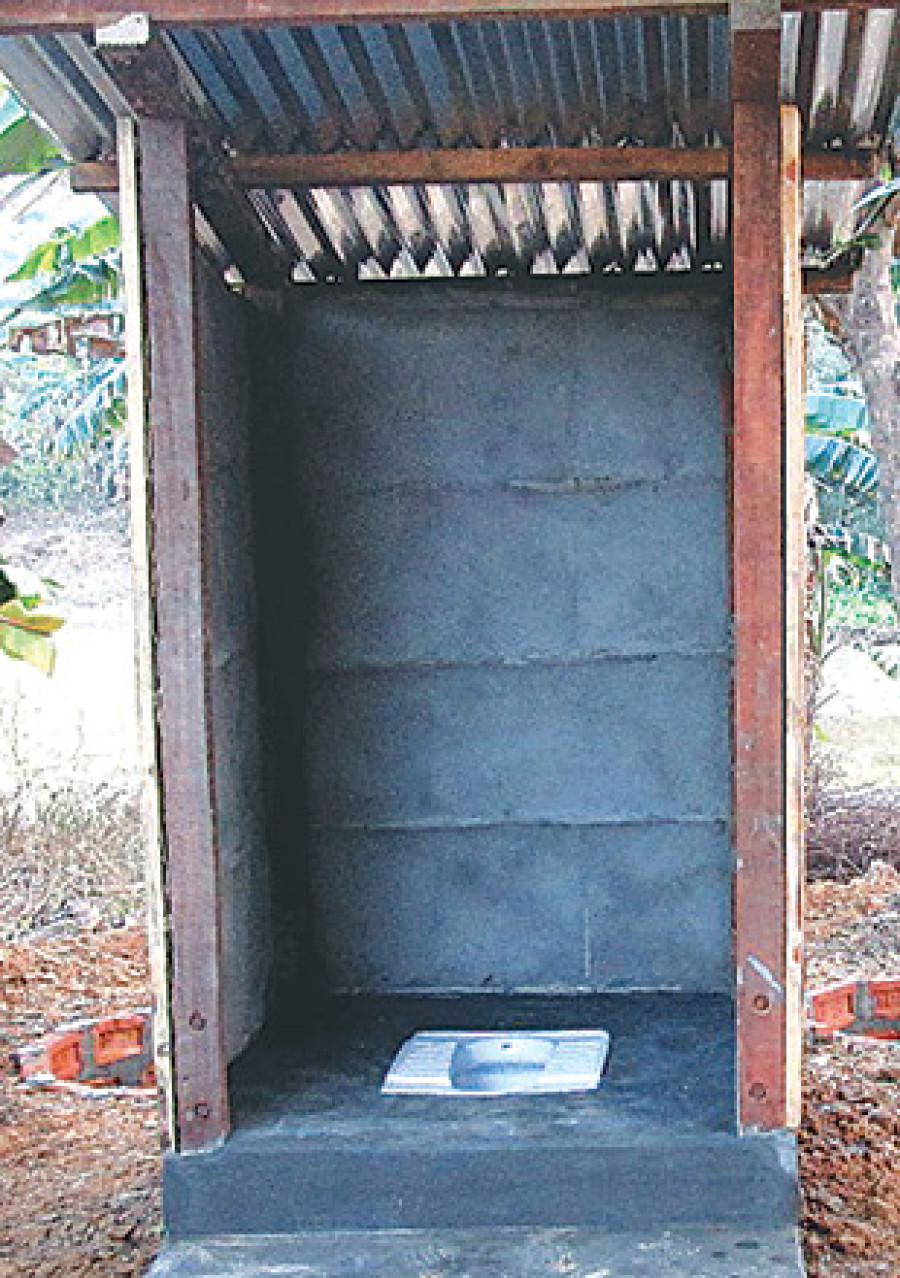Miscellaneous
2.6 million Nepalis still lack toilet
A total of 2.6 million Nepalis, nine percent of the country’s total population, still do not have access to toilets and are left with no choice but to defecate out in the open, according to the Department of Water Supply and Sewerage (DWSS).
Anup Ojha
A total of 2.6 million Nepalis, nine percent of the country’s total population, still do not have access to toilets and are left with no choice but to defecate out in the open, according to the Department of Water Supply and Sewerage (DWSS).
Nepal’s poor achievement in ensuring basic sanitation through access to toilet is highlighted as the country marked World Toilet Day on Sunday. In this scenario, the country will not be able to meet its 100 percent open defection free (ODF) target by the end of this year.
The government, political parties and various stakeholders came together in 2011 with a promise to make Nepal an ODF zone by the end of 2017.
Prem Krishna Shrestha, chief at the environment section of the DESS, said, “We are working hard, but we won’t be able to make this announcement.” So far, the government has declared 42 of the 77 districts as ODF areas. In June, only 38 districts were designated ‘open defecation free’.
“We just have one more month left. We won’t be able to meet the deadline,” said Shrestha, blaming the April 2015 earthquake and India’s unofficial trade embargo for the failure to achieve the goal. According to the Post-Disaster Needs Assessment report, prepared in the aftermath of the disaster, about 220,000 toilets were destroyed or damaged by the earthquake in the 14 worst-affected districts.
Remote districts aside, Kathmandu, the country’s capital, is also not an ODF zone. The district has one metropolis and 10 municipalities.
The WaterAid’s report on World’s Toilets 2017 says there is only one public toilet for 46,000 people in Kathmandu Valley where more than 4.5 million people are estimated to live. There are 84 public toilets in Kathmandu, according to the Kathmandu Metropolitan City, but all emit foul smell in the lack of proper care.
The situation outside the Valley is more pathetic in terms of toilet use. According to a report, 12.3 and 21.5 percent adolescent girls miss school in Udaypur and Sindhuli districts. The WaterAid’s report released on Sunday highlights that India has the highest number of people without access of sanitation—almost 355 million. In China, 343 million people are without decent toilet facilities.




 14.12°C Kathmandu
14.12°C Kathmandu
.jpg)










